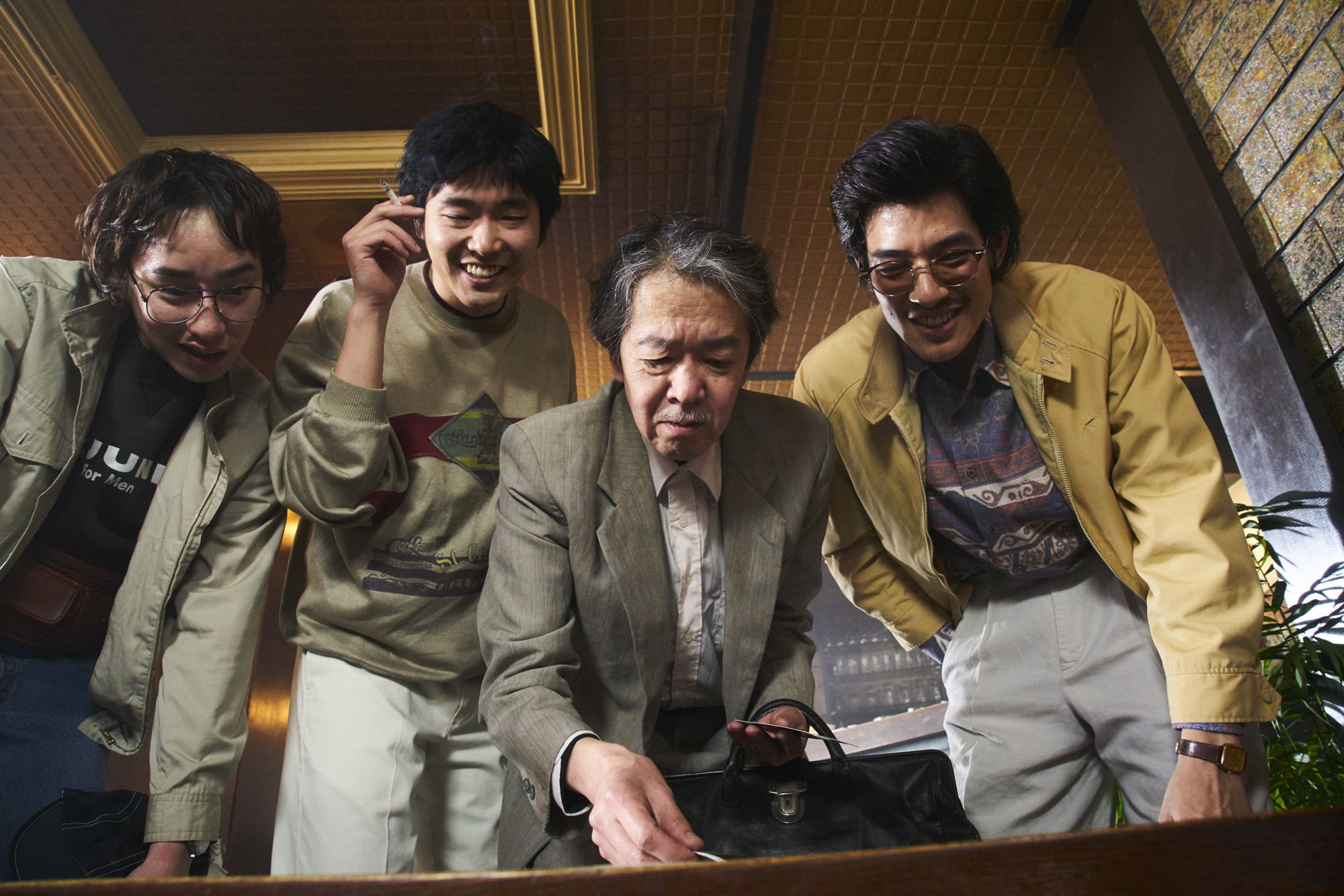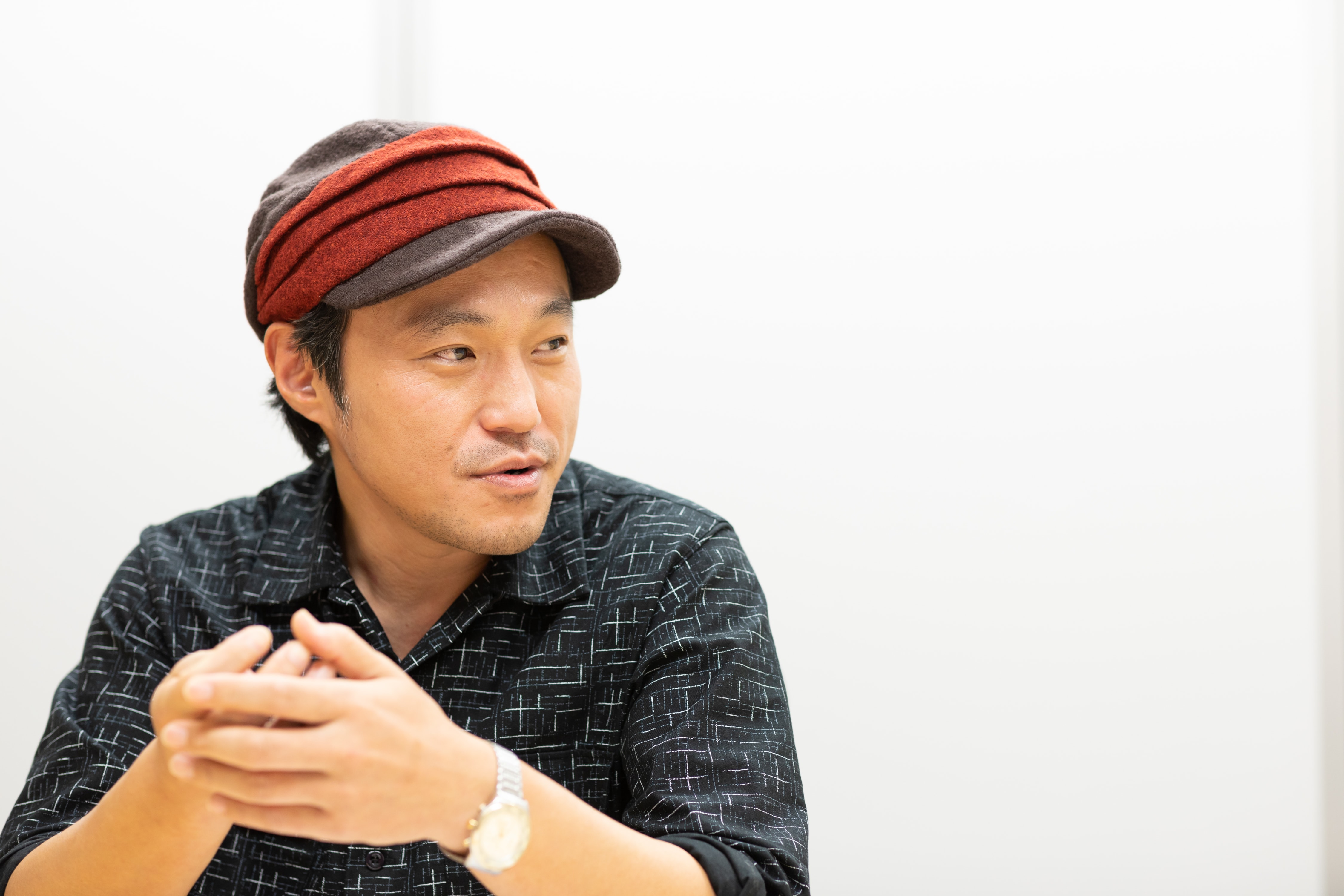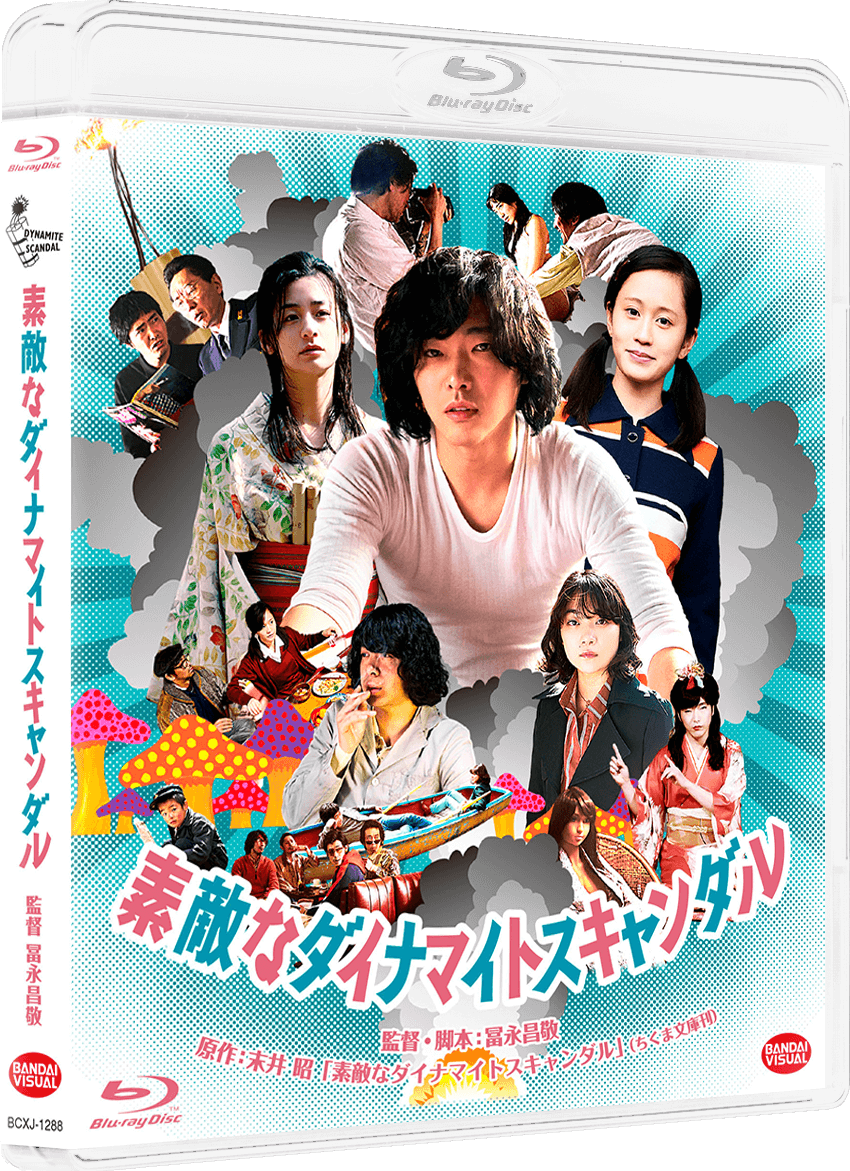![An exceptional masterpiece of a "chronicle" film, which is rare in Japan. Director Masayuki Tominaga "Dynamite Graffiti" [Director's Interview Vol.13]](https://cinemore.jp/images/45313a0868ddef970860414cc12e16a6d15abc05a9a938f5687cb39364156870.png)
An exceptional masterpiece of a "chronicle" film, which is rare in Japan. Director Masayuki Tominaga "Dynamite Graffiti" [Director's Interview Vol.13]
Introducing an axis of historicity to minimalist everyday films
Q: I feel like your films have always had a certain chronicle quality... a historical perspective. Even in your debut feature film, Pavilion Salamander (2006), you introduced a false history about giant salamanders into the background of the story.
Tominaga: With " Pavilion Salamander ," I originally wanted to make something like a grand fake historical piece. In the end, due to the reality of the production conditions, I couldn't create a concrete screen, so I inserted a vertical axis of history into the monologues, etc., as a bit of a bluff. I really did that in my early work " Kamemushi " (2003/short story series).
Low-budget independent films tend to be minimal in scale and tend to be films that sketch ordinary everyday life. But that's not what I like (laughs). But is that kind of historical perspective necessary for the film I'm making now? I feel like I've been asking myself this question until recently.
Q: You thrust a big historical meaning into a small movie. I think that's what makes Tominaga's films unique. Speaking of the sense of "impermanence," " Rolling " (2015) reaches a cosmic perspective.
Tominaga: Even if the protagonist turns to bones, the world continues on as if nothing had happened. Chronicles end with this lingering impression that "it's still going on." After all, Suei-san is still alive, and Henry Hill, the real-life gangster from " Goodfellas ," was still alive until recently (he passed away in 2012 at the age of 69). Even though the story as a movie is over, the protagonist's life is not over yet. So there is a vague conclusion, and the only impression we get is the cycle of impermanence.
I just remembered that director Itami Juzo also made a chronicle film called Ageman (1990). The heroine, a former geisha, was played by Miyamoto Nobuko, who was in her mid-40s at the time, from the time she was an 18-year-old girl who was sold to a brothel.
Q: It's a "woman's life" story in the same vein as " Saikaku Ichidai Onna " (1952), directed by Kenji Mizoguchi and starring Kinuyo Tanaka. Juzo Itami is known more as a hit-making film director, but before that he was a representative of the stylish Showa era modernists, who was multitalented in everything from writing to design and acting.
Tominaga: It's something to aspire to. By the way, Mr. Itami spent his high school years in Ehime, and my hometown is Ehime. Recently, I was invited to my hometown high school, and for some reason, I gave a commemorative lecture for the school's 70th anniversary.
It's a small school, but the school's intention is that young people today are interested in video. It's true that we live in an age where taking videos with smartphones has become a part of everyday life. So when I thought about what would be the equivalent of what we now call taking videos with smartphones in the past, the first thing that came to mind was director Itami's "Funeral" (1984). There's a home movie part in one scene in this movie. It's a black and white 16mm video, and it's shot in a silent film style, showing a family gathering for the first time in a long time to prepare for the wake. In the movie, a man named Aoki (Takashi Tsumura) appears to be operating the camera, but it seems that the person who actually filmed this part was photographer Shinpei Asai, and he showed it to his students in class (laughs).
Q: Thinking about it, if we connect the documentaries you have shot, " I Can Hear Atom's Footsteps " (2011), which centers on sound designer Matsuo Ohno, and " Akatsuka Fujio: The Man Who Stepped Outside the Manga " (2016), "A Dynamite Graffiti" could also be described as part of the "Showa Era: Biographies of Great Men and Mysterious People" series.

Tominaga: I see, that may be true. Documentaries are filmed as chronicles, like "Onegai ni Niwa" (2010), which follows the musician Kumio Kurachi.
However, after the movie was completed, I often wondered if it would have been possible to make a movie by simply pulling scenes from the original book of "Dynamite Graffiti". For example, I would have depicted only the episodes from Suei's younger days in detail and in detail for a few days. There should have been a possibility of making a movie in a format other than the chronicle format.
However, if that were to happen, "Fueko" might just be someone who dates Suei. It would be difficult to create a perspective that looks at the protagonist's strange life from afar.
By making it into a chronicle, I may have filled in some parts of Akira Suei's life that were not written down. But now I've accepted the fact that if I were to make a film about Akira Suei, it had to be this way.
Watch "A Dynamite Graffiti" now

Director/Screenplay: Masayoshi Tominaga
Born in Ehime Prefecture in 1975. Film director. Major feature films include "Kamemushi" (2003), "Pavilion Salamander" (2006), "What a Girl" (2007), "Shirley's Fall" (2008), "Pandora's Box" (2009), "Violence and Waiting" (2010), "Rolling" (2015), and "Pumpkin and Mayonnaise" (2017). He has also directed many other works including documentaries, omnibuses, dramas, and music videos.
Interview and text: Naoto Mori
Film critic, writer. Born in Wakayama in 1971. He is the author of ``Cinema Garage: Children in the Ruins'' (Film Art Publishing), and edited ``Movies of the Zero Years+'' (Kawade Shobo Shinsha), among others. He regularly writes for magazines such as Weekly Bunshun, Asahi Shimbun, TV Bros., Men's Nonno, Kinema Junpo, Eiga Hiho, and Cinema Today.

"A Dynamite Graffiti"
Director/Screenplay: Masayoshi Tominaga
Blu-ray & DVD now on sale
Publisher/distributor: Bandai Namco Arts
©2018 “Dynamite Graffiti” Production Committee

